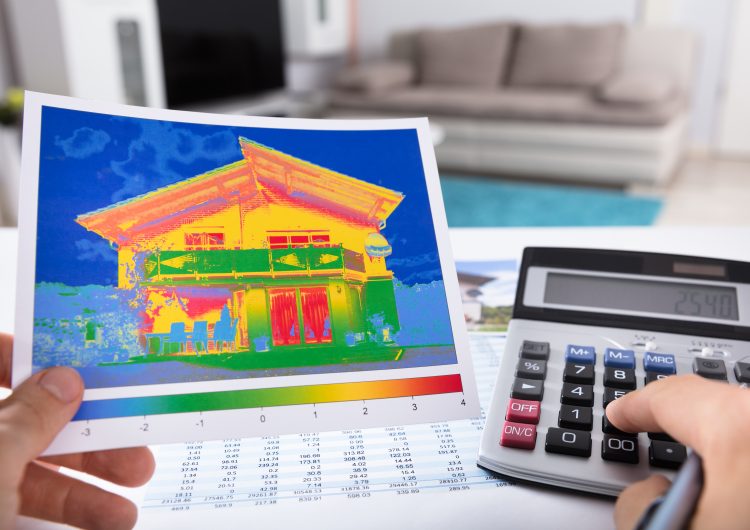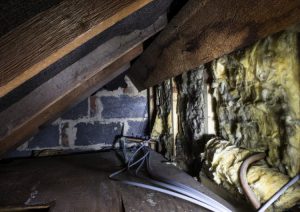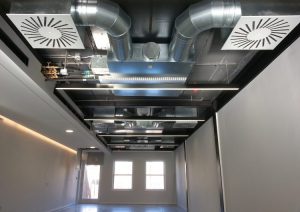Did you know that heat loss in your home translates into higher energy bills? Here’s a list of your home’s areas that are most prone to heat loss.
More than half of the energy consumption in a typical US household comes from heating and air conditioning home.1
Heat loss in your home can be a major problem, especially during the cold months. Homes that lose a lot of heat use up a lot of time and energy to heat it up, more so for large rooms.
Preventing heat loss from some areas of your house can make a big difference in your home’s energy usage and, ultimately, the money you spend on energy bills.
Where You Are Losing the Heat in Your Home
- Windows and Doors
If the windows in your house are large paned and single glazed or have metal frames, it is likely that you are losing most of your home’s heat from the windows.
Cracks and gaps on the side or below the door are also a common heat loss area.
- The Attic
Keeping the attic cold during the winter prevents ice from melting and refreezing in the gutters, causing ice dams. It is also important to prevent the cold attic temperatures from leaking into the rooms below.
Insulating the space between the attic and the rest of the house ensures that there is airflow between the outside and the attic and that no heat is lost from the house.
- Walls
Walls have the most area of contact between the heated house and the cold outdoors, which is why they are a major culprit of heat loss. It is important to insulate the walls and continuously check that the insulation material isn’t worn off.
- Basement and Floors
You might have overlooked the basement while insulating the house as you often use it for storage. This is, however, a mistake as its large surface area makes it very susceptible to heat loss.
Heat loss in the basement transcends to heat loss in the living area above and makes it harder and more expensive to keep the house heated.
- The Chimney
With the unrestricted airflow through the chimney, it is a critical area of heat loss in cold months. Using a chimney balloon when it gets cold outside is an effective option.
Top Ways to Prevent Heat Loss in Homes
To reduce your heating expenses, ensure that you:
- Insulate your home to ensure that it remains heated during the winter and cooled during the summer.
- Use curtains, especially those lined with thermal backing, for all your glass windows. During winter, open the windows during the day so the sunlight can warm the house, then close them just before sunset to trap the heat inside the house.
- Inspect your windows, doors, and skirting boards for any draughts and seal them. Buy or make draught stoppers for the space under your door.
- Upgrade your windows to either double or triple glazed windows. They create a layer of air between the glasses, helping insulate the house.
- If you have an unused room, close it off to ensure it is not losing heat. When primarily using a room, close it off to efficiently heat it up before allowing heat to travel to other parts of the house.
Links to sources used
- Energy use in homes – https://www.eia.gov/energyexplained/use-of-energy/homes.php




